Alhambra of Moorish Architecture
The Alhambra is a fantastic example of Moorish architecture, showcasing the best of this unique style. Recognized as a UNESCO Heritage site, it highlights its importance to global culture. As one of Spain’s most famous landmarks, the Alhambra continues to captivate visitors with its beautiful design and rich history.
The Alhambra is an amazing historic site that showcases Spain’s rich culture and beautiful architecture, drawing millions of visitors each year. Its intricate designs inspired by Islamic art, beautiful gardens, and its location on a hill make it a breathtaking place to explore. The Alhambra offers a wonderful glimpse into the history of the country and its people.
Table of Contents
Where is the location of Alhambra?

The Alhambra is a remarkable palace and fortress located in Granada, a city in southern Spain’s Andalusia region. It sits on the Sabika hill, which offers beautiful views of Granada and the nearby Sierra Nevada mountains. Known for its remarkable Islamic architecture and fascinating history, the Alhambra draws many visitors each year and stands as one of Spain’s most famous and beloved landmarks.
Inscription of Alhambra
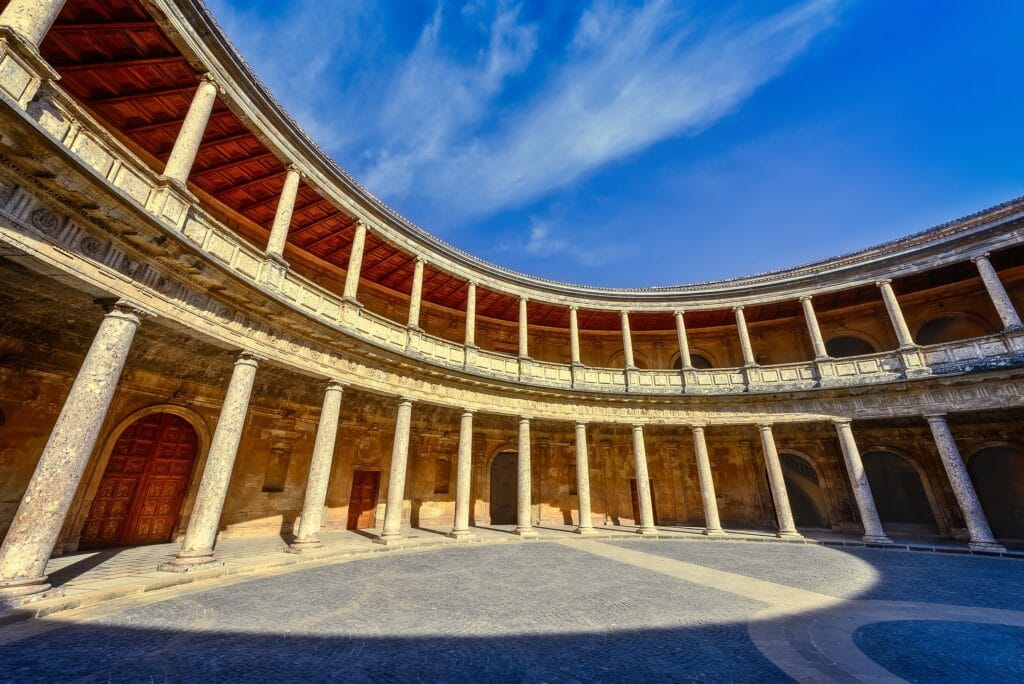
In 1984, the Alhambra was recognized as a UNESCO Heritage Site, which means it is considered incredibly important to both Spain and the world. This recognition underscores how valuable the Alhambra is to culture and emphasizes the importance of protecting and caring for this amazing place for the benefit of future generations.
What is the meaning of Alhambra?
The name “Alhambra” comes from the Arabic words “Al-Ḥamrāʼ,” which mean “The Red One” or “The Red Castle.” This name likely refers to the reddish color of the walls and towers of the Alhambra Palace in Granada, Spain, especially when they glow in the light of the setting sun.
What is the history of the Alhambra?
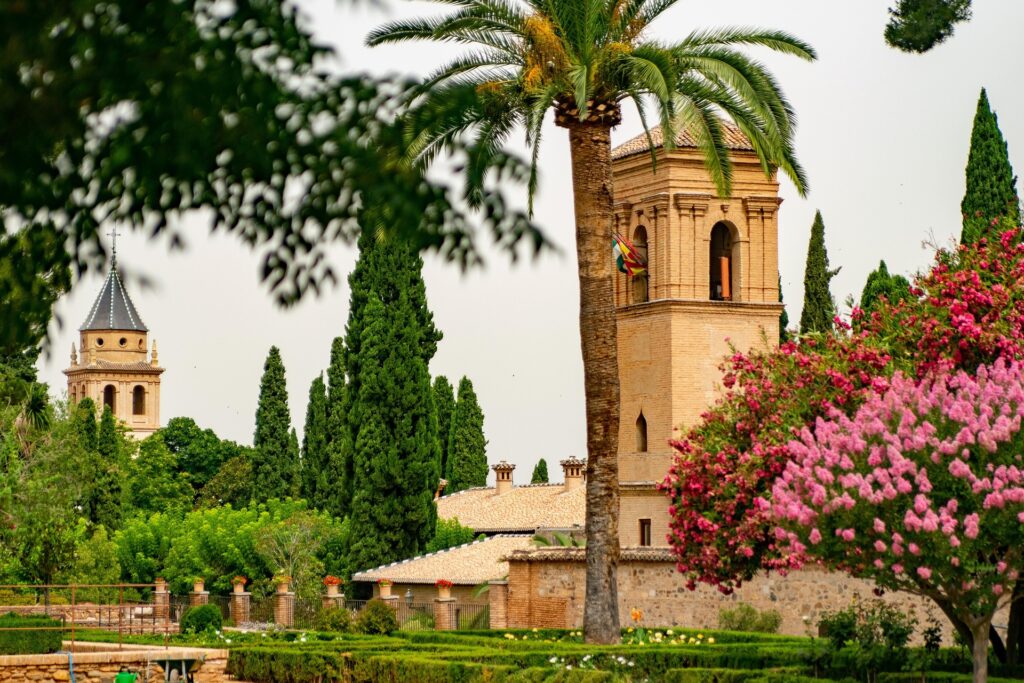
The Alhambra is a well-known palace and fortress complex in Granada, Spain. The Alhambra, the Generalife gardens, and the Albayzín neighborhood are located on two hills next to each other in Granada, Spain, with the Darro River flowing in between them. This beautiful site is one of the most famous examples of Islamic architecture in Europe and bounces back the rich cultural and historical heritage of the Andalusia region.
The Alhambra is a remarkable historical site because it has been continuously occupied over the years. It stands out as the only palace city from the Islamic period that still exists today. The architecture and decorative features of the Alhambra are considered some of the best examples of art from the Nasrid dynasty, showcasing a beautiful blend of history and craftsmanship.
The Alhambra is not only known for its beautiful historical gardens, but it also showcases how gardening has evolved over time. Alongside traditional styles, visitors can see influences from the Renaissance period and modern gardening techniques, reflecting the importance of preserving these design traditions.
What is Alhambra’s Architecture, Art and Culture?
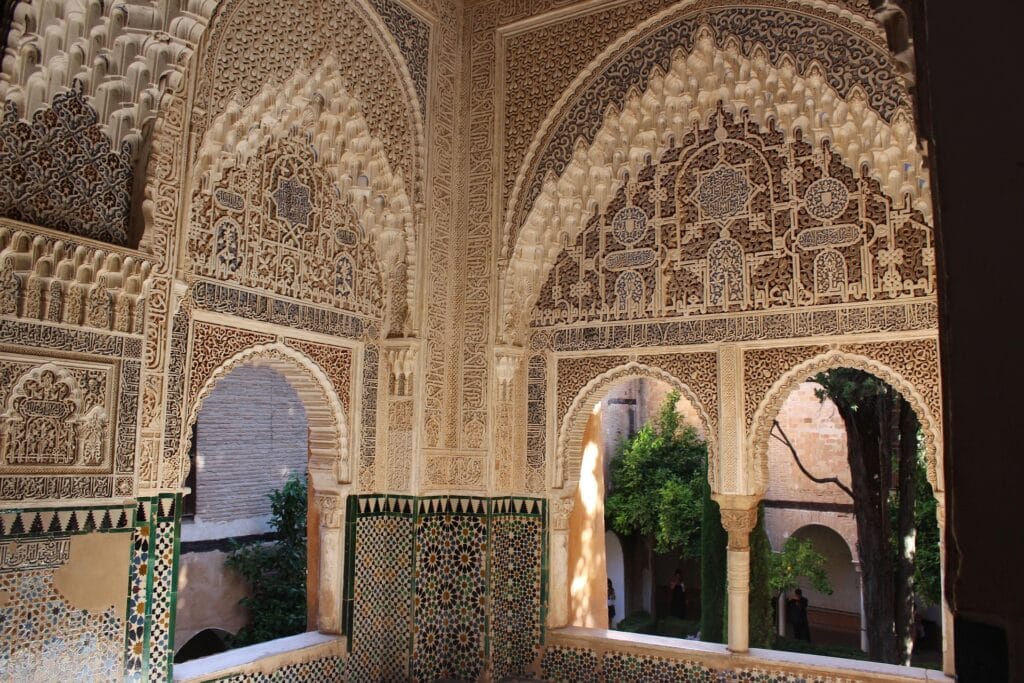
Alhambra began as a palatine settlement, and its buildings were designed using a balanced system that focuses on proportion and harmony. This design approach emphasized dividing spaces effectively, keeping the outside simple, and incorporating features that are well-suited to the local climate, reflecting the rich traditions of Islamic architecture. The decorative design features geometric patterns, inscriptions, and plant-inspired(Flower Pattern) decorations, with its most recognizable element being the unique Mocárabe vaults. This collection is enhanced by additional supportive features that create a cohesive structure, blending different styles and cultural influences.
The medieval town’s layout, Alhambra, features narrow streets, small plazas, and simple houses built in Moorish and Andalusian styles. These elements give the town a unique charm and character. This place beautifully combines Moorish design with elements from the Spanish Renaissance and Baroque periods. Originally planned by the Islamic community, the layout now reflects a mix of different cultural influences that make it unique.
Also, the Royal House has received exciting new ideas for the palace, focusing on innovative design and the visual arts that celebrate Western culture, keeping in line with traditions that have been in place since 1492.
What is the history of Albayzin?
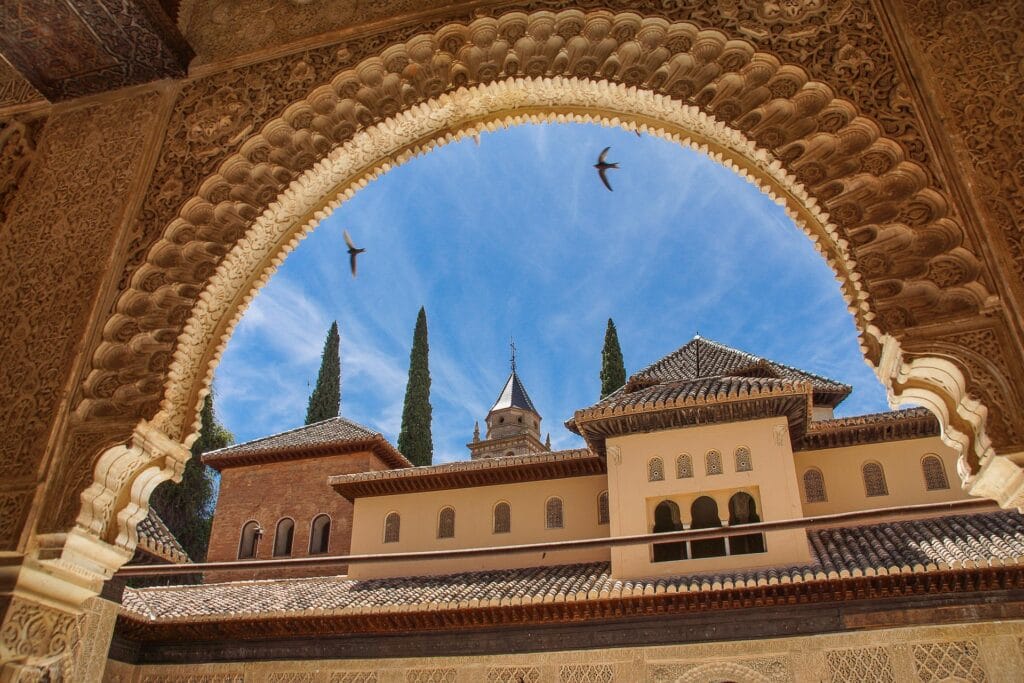
The Alhambra and the Albayzín sit on a hill above the modern parts of Granada. Together, they represent the old town’s history, showcasing the influence of Arabic culture. The homes in Albayzín and the majestic Alhambra palace offer a glimpse into two very different sides of life in medieval Granada. The features of the property that has been marked show why it is significant in the history of Islamic architecture from the Early Middle Ages. These characteristics clearly highlight its authenticity and importance.
The Albayzín neighborhood is where the City of Granada began, and it features a rich mix of Moorish-style buildings and architecture. You’ll find beautiful structures from the time of the Nasrid dynasty, along with other buildings that show the influence of Christian designs. This area is a wonderful example of how different cultures can come together and blend harmoniously. It is a great example of a historic neighborhood in southern Spain that reflects its rich Muslim heritage.
It was mostly built during the time of the Nasrid dynasty, a period that greatly shaped the region’s culture and architecture. The Albayzín neighborhood beautifully combines elements from the Christian Renaissance and Spanish Baroque cultures. This unique blend creates a stunning and harmonious style that is truly special and impressive.
Architecture of Albayzin

The architecture and layout of the Albayzín reflect the rich culture of the Andalusians in a very impressive way. This area still holds reminders of the Moorish community from the Middle Ages, and even after the area was taken over by Christians, much of its original charm and character remained intact.
This beautifully preserved site showcases the key features of a Moorish town from the Nasrid dynasty, blending in seamlessly with the traditional town layout from the 19th and early 20th centuries. It stands out for its original structure, materials, and colors, with only slight changes over time.
The way the streets are organized and the unique style of buildings reflect the true essence of the Albayzín neighborhood. This area protects important examples of stunning architecture. In Albayzín, the homes built in the Moorish style showcase a beautiful blend of different cultural influences.
Culture and Civilization of Albayzin
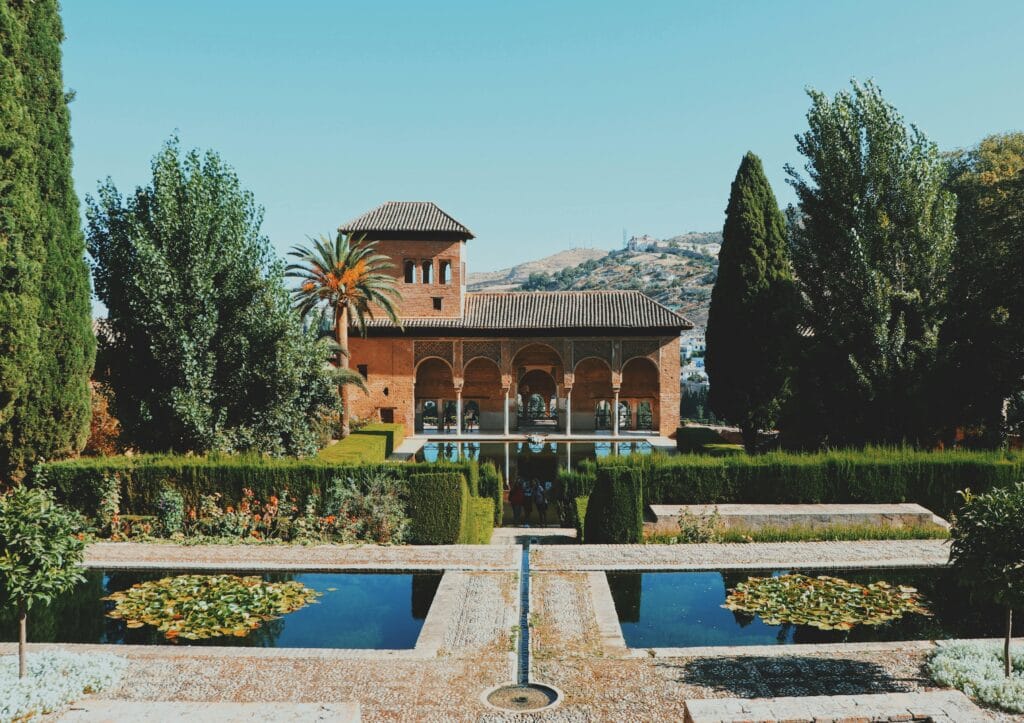
The Albayzín is a beautiful neighborhood that showcases the rich cultural history of Granada, especially during two important periods: the Zirid Dynasty and the later Nasrid Dynasty. The traditions from the Andalusí people, who lived in this area, have influenced many cultures across Europe. It’s a wonderful example of how history and culture can connect different places and people.
The remarkable knowledge of science and deep-rooted traditions in society, along with their delicious food and emphasis on cleanliness, showcase the greatness of this advanced civilization. Its impact continued to shape the cultures of the Albayzín for many years to come.
What is the history of Generalife Gardens?
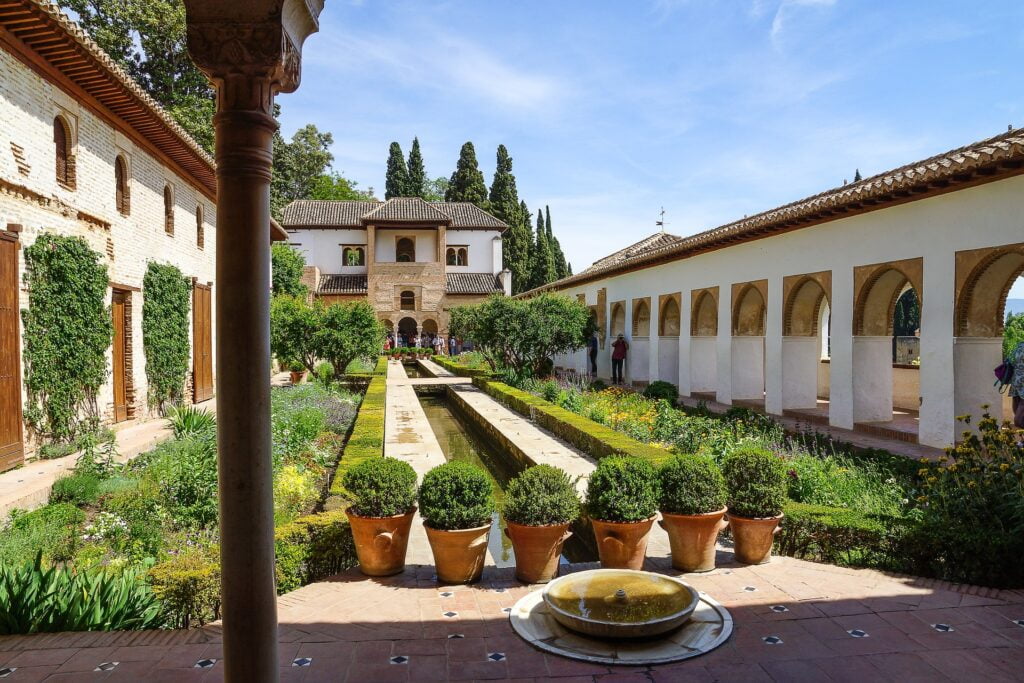
The Generalife gardens are a beautiful example of a country home that belonged to the Emirs(In Arabic Word: Commander), built in the 13th and 14th centuries. They are located to the east of the famous Alhambra fortress and palace. That along with its vegetable plots, is a unique example of farming during the medieval times. The creation of these beautiful gardens and palaces was made possible by the advanced irrigation systems used in Al-Ándalus. These systems were well-established in both the Alhambra and Generalife, allowing for successful agriculture and lush landscapes.
Archaeologists have studied this irrigation system and discovered how it works. It created a unique urban environment that blended buildings and nature, allowing it to influence the surrounding area with its beautiful gardens and water management features. The Alhambra, particularly the Generalife gardens, showcases the rich history of Moorish gardening. This beautiful site features impressive water features and gardens designed for both growing food and relaxation. It’s also one of the oldest areas in Europe with terraced gardens, making it a unique and significant place to explore.
Art and Architecture of Generalife Gardens

The Alhambra and Generalife are incredible examples of Muslim architecture from Spain during the 13th to 15th centuries. They showcase the grand homes of medieval Islamic culture, and unlike similar sites in Maghreb(North Africa), these places have largely remained intact and untouched by time. They are made using different types of materials that play a key role in their beauty. The main decorative features come from plaster, wood, and ceramics, which are used to create stunning designs and details throughout the buildings.
Buildings featuring Arabic inscriptions create what can be described as “talking architecture,” where the structures themselves seem to tell stories. This architectural complex beautifully combines both Eastern and Western artistic styles, bringing together diverse influences in a real-life setting. These writings highlight the religious beliefs, political themes, and poetry of the Nasrid Dynasty. They were beautifully preserved and enhanced by the amazing art of the Spanish Renaissance, showcasing the creativity and talent of that time.
The Alhambra and Generalife are stunning examples of the art and architecture of the Hispano-Muslim culture. They feature beautiful designs that are carefully planned and proportioned. What makes these places truly special is how they incorporate water and plants in an artistic way, creating a harmonious and visually appealing environment.
Why do we need to preserve Alhambra significantly for us and future generations?
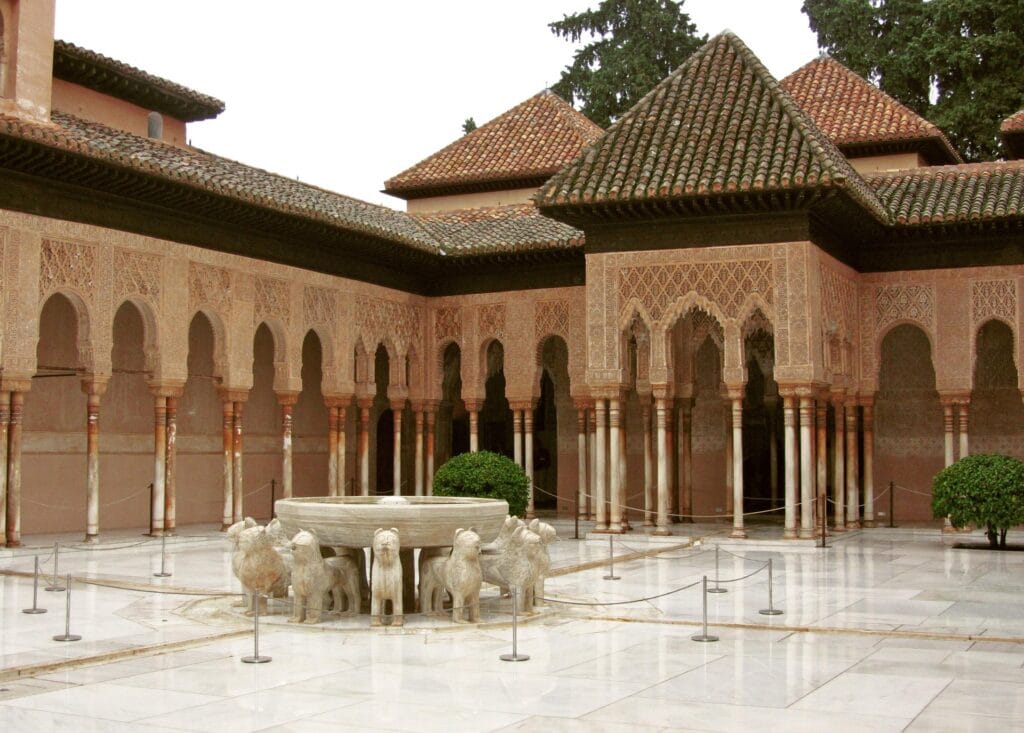
Preserving Alhambra is crucial for several reasons. Firstly, it is an architectural masterpiece that reflects the wealthy cultural and historical heritage of Spain, showcasing the artistic achievements of the Nasrid dynasty. Secondly, Alhambra serves as a symbol of cultural exchange between different civilizations, particularly during the medieval period, and continues to inspire artists, architects, and historians.
Additionally, maintaining this site ensures that future generations can appreciate and learn from its beauty and significance, fostering a deeper understanding of our shared history and the lessons it holds. Protecting Alhambra ultimately helps to sustain the identity and values of our diverse societies.
Why should you visit Alhambra as a visitor?
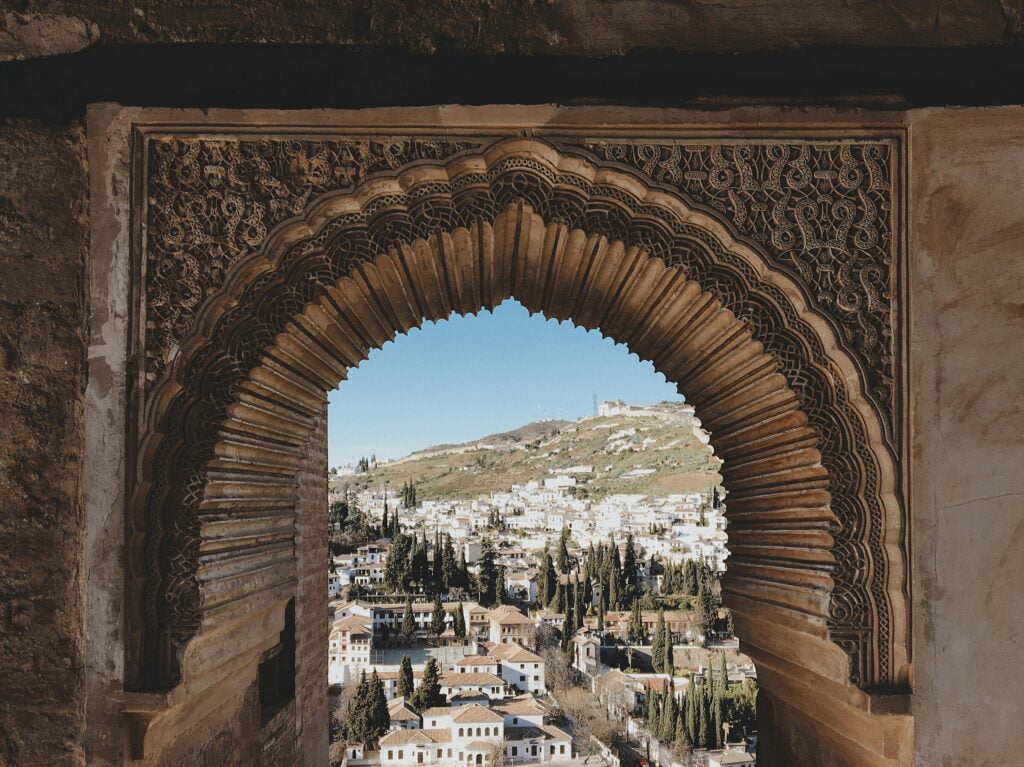
Visiting Alhambra is a must for its breathtaking architecture and rich history. This stunning palace and fortress complex showcases exquisite Moorish design, with intricate carvings, lush gardens, and captivating fountains. The views of the atmosphere of the Sierra Nevada mountains are unforgettable, and the site offers a deep understanding of Spain’s diverse cultural heritage. Exploring Alhambra allows you to immerse yourself in a unique blend of art, history, and nature that is truly one-of-a-kind.
What makes Alhambra a must-visit destination for history and architecture lovers?
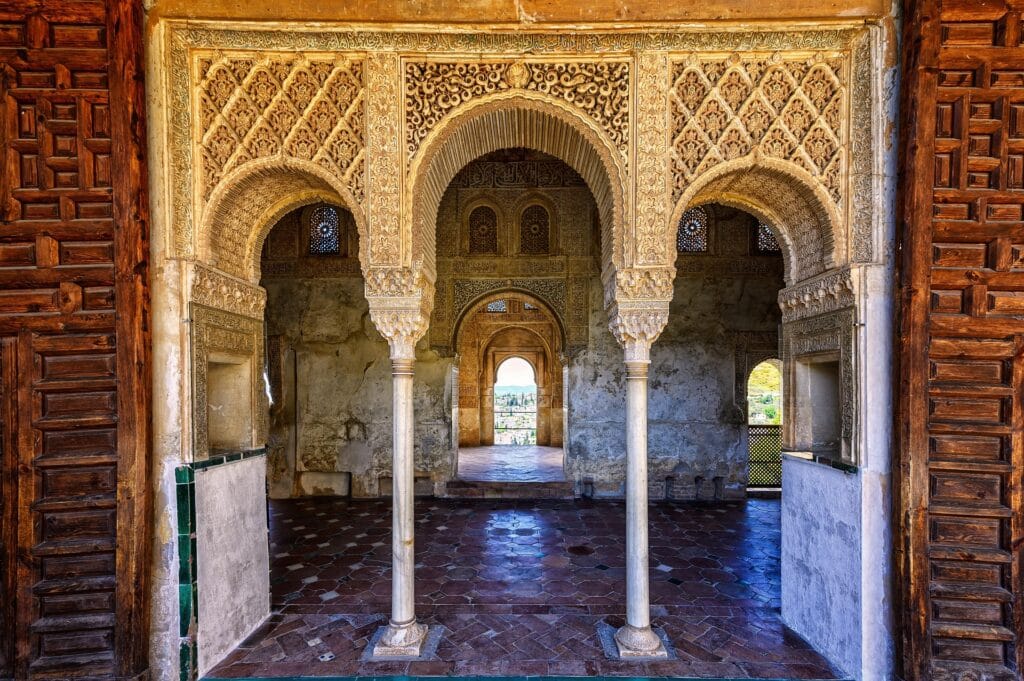
Discover the enchanting beauty of Alhambra, where history, art, and nature come together in a stunning display. Whether you’re wandering through its majestic halls, soaking in the vision of the Sierra Nevada mountains, or exploring the vibrant gardens, Alhambra promises an unforgettable experience. Plan your journey to this iconic destination today and immerse yourself in the rich tapestry of Spanish culture. Book your tickets and start your adventure in the heart of Granada!
When you’re planning your adventure, enhance your travel experience by using trusted websites like GetYourGuide, Trip.com, Trainline, Agoda, Expedia and Hotels.com! These platforms offer a variety of enjoyable tours, activities, and accommodation options to suit every traveler’s needs.
- GetYourGuide offers a wide variety of unforgettable travel experiences. You can choose from tickets to Popular Attractions, Transportation Options, City Passes, Guided Tours, Hop-on Hop-off Bus Services, Water Activities, Day trips, and Trips that last several days in many locations around the world.
- Trip.com makes it easy to combine Flights and Hotels, Trains, Car Rentals, Airport Transfers and Attractions & Tours to create the perfect travel package tailored just for you.
- Trainline makes traveling a breeze! With only a few steps, you can effortlessly book train tickets across Europe, compare prices, and find the best routes. Whether you’re planning a weekend getaway or a longer adventure, Trainline ensures a smooth journey from start to finish.
- Agoda offers a wide range of accommodations and travel options to suit your needs. With user-friendly search features, you can easily find the perfect Hotel, Apartment, or Villa, Flights, Activities and Airport Transfer at competitive prices.
- Expedia to find the perfect travel deals and begin planning your next adventure with ease. Your unforgettable trip is just a click away!
- Hotels.com today to explore incredible deals and find the perfect housing for your dream trip! Your adventure starts here!
Start your journey with our reliable travel partners and unlock the best of Alhambra and beyond!
Disclaimer
In this post, affiliate links are included and those links are associated with well-known travel companies such as GetYourGuide, Trip.com, Trainline, Agoda, Expedia and Hotels.com. If you choose to purchase or book a service using those links, we may earn a commission at no additional cost to you. We focus on recommending products and services that are helpful to you and we appreciate your support!
Conclusion
We hope you find this information helpful for your next trip. If you want to learn more, check out our other travel blog posts. We cover many topics, including amazing places to visit and helpful travel tips. Whether you’re looking for hidden gems, new cultures, or helpful advice, there’s something for everyone.
Additionally, if you enjoyed the information we shared, don’t forget to explore our other travel product reviews to make your journey even better! Please take a moment to look through our previous posts and let your sense of adventure guide you on your next journey! We wish you happy travels and look forward to sharing more with you in our next blog post!




